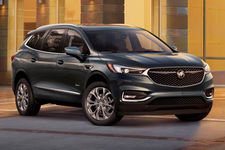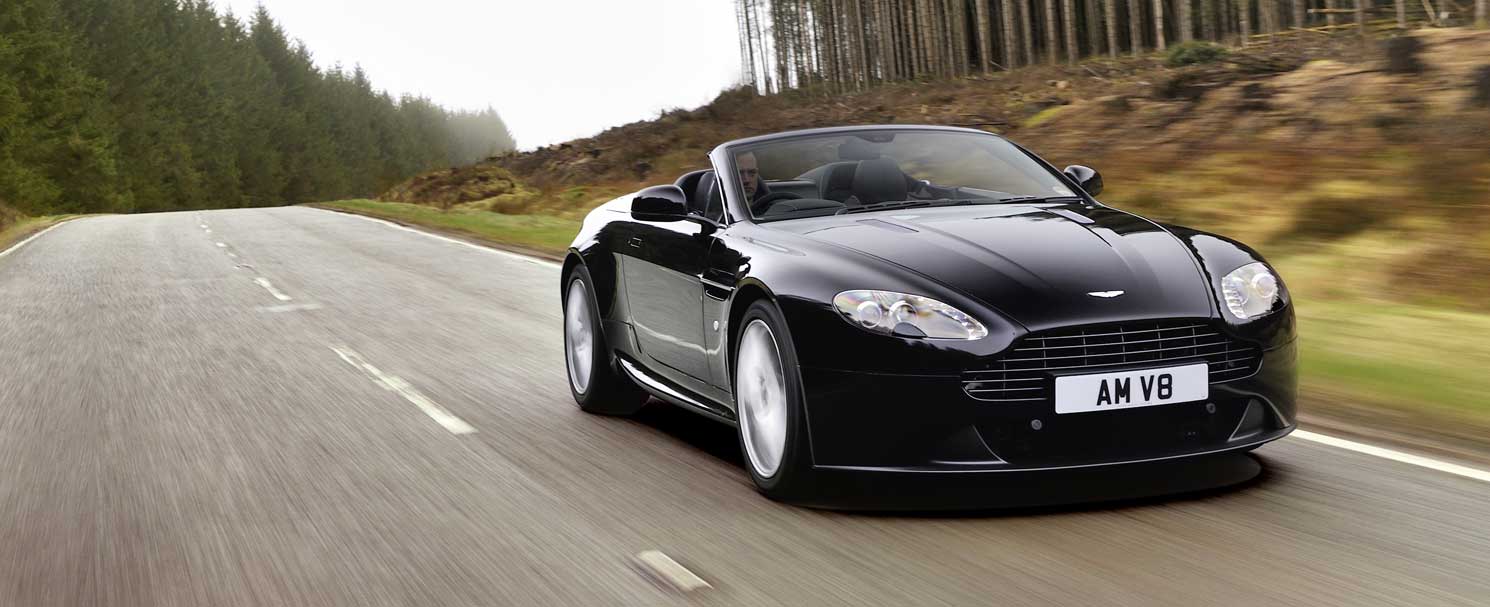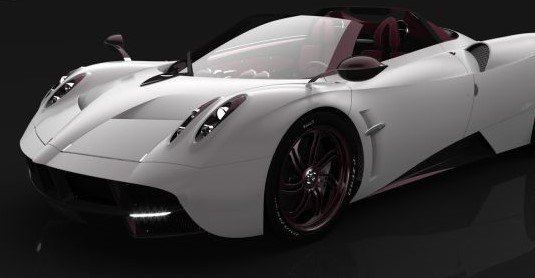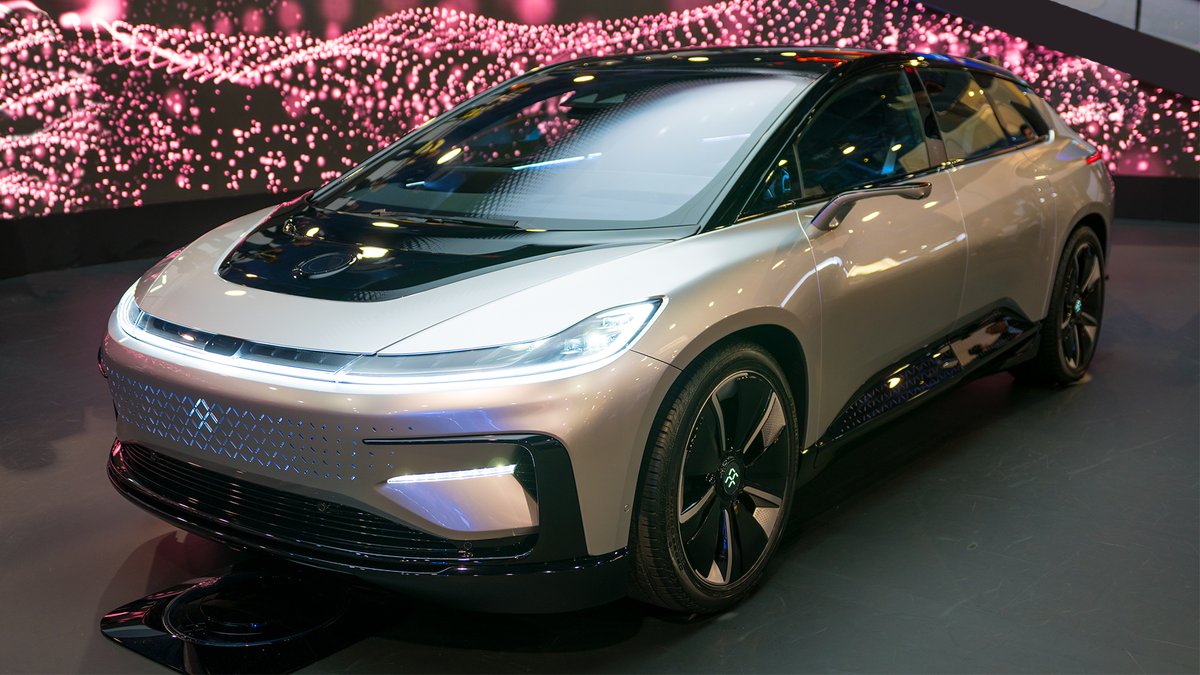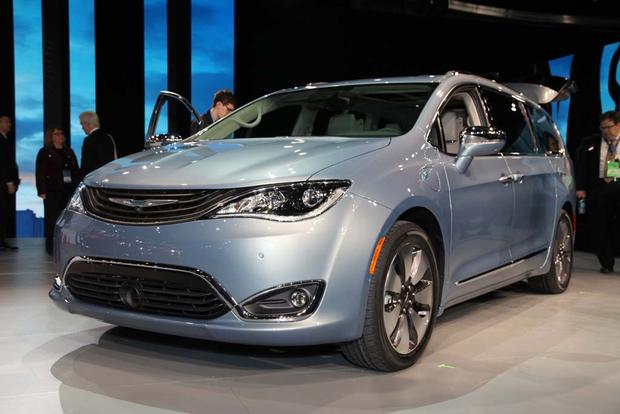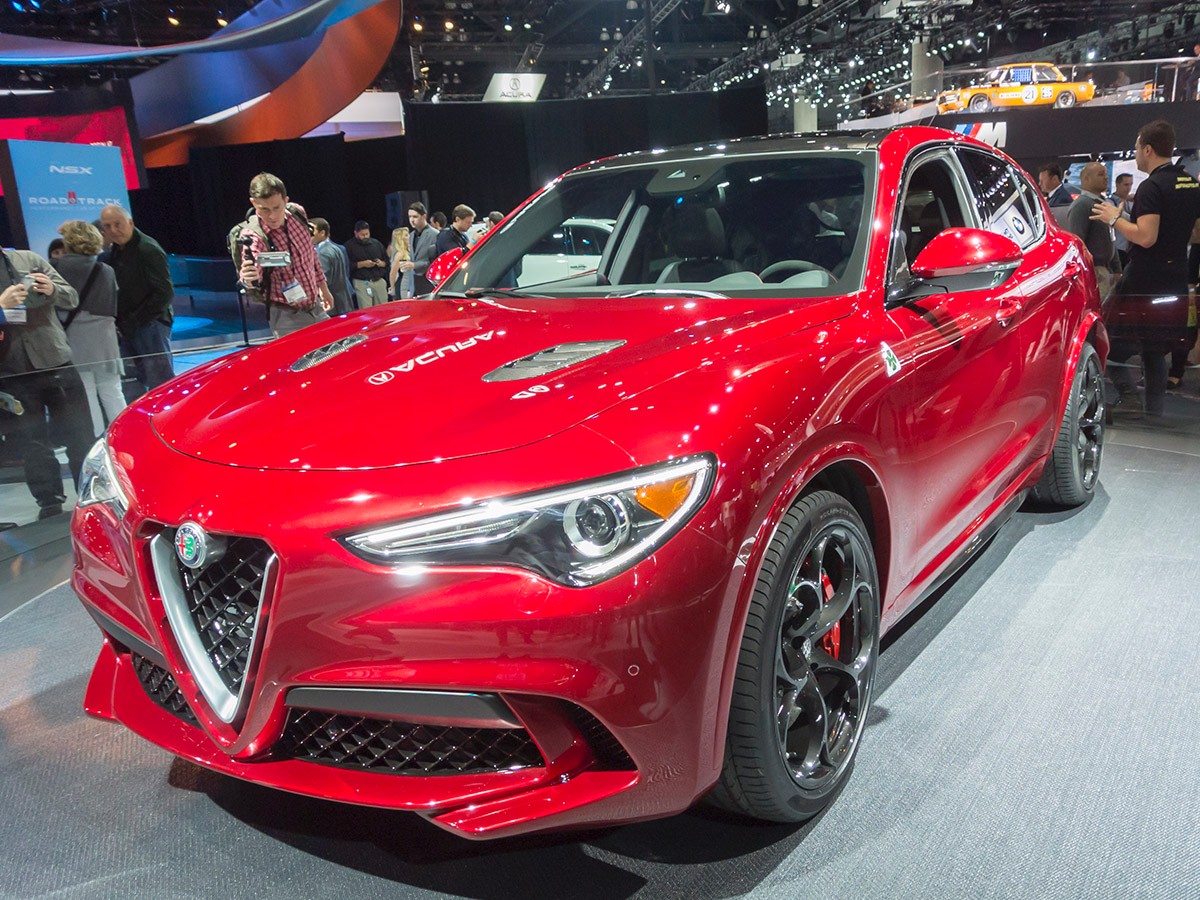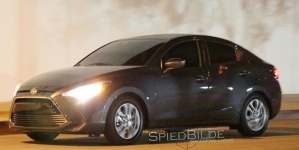-
2018 Buick Enclave “Avenir” will have ionic air purifier - April 12, 2017
-
Lease a Luxury Car for Less Than You Think - April 5, 2017
-
Shopping for a Car When Your Credit is Low - March 31, 2017
-
Aston Martin Closer to Unveiling Second-Generation Vantage - March 21, 2017
-
2017 Bentley Bentayga SUV: Offroad for $238,000 and Up - March 14, 2017
-
Pagani Huayra is Finally Here, Only $2.4M - March 9, 2017
-
Mercedes AMG E63 – For When Your Wagon Needs Drift - February 6, 2017
-
2018 Audi Q5 SUV: Enhanced Performance - January 30, 2017
-
2018 Toyota Camry Due in Late Summer - January 27, 2017
-
2018 Dodge Challenger SRT Demon Will Outstrip Hellcat - January 23, 2017
IRS Offers New Tax Credits For Electric Scooters and Neighborhood Vehicles
The IRS announced Friday that plug-in electric vehicles using certain types of batteries may qualify for a new tax credit if purchased this year. There are two new tax credits available for electric scooters and neighborhood vehicles.
Low-speed or two or three-wheel electric vehicles, such as motor scooters, purchased after Feb. 17, 2009, and before Jan. 1, 2012 will qualify for a credit of 10 percent of the cost of the vehicle, up to a maximum credit of $2,500.
In technical jargon, these must be either low-speed vehicles that are propelled to a significant extent by a rechargeable battery with a capacity of at least 4 kilowatt hours or be two or three-wheeled vehicles that are propelled to a significant extent by a rechargeable battery with a capacity of at least 2.5 kilowatt hours.
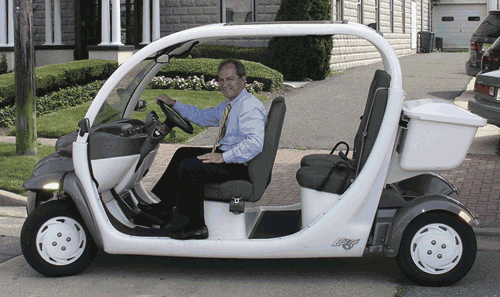
The second tax break is for vehicles that have at least four wheels (like the one pictured above) and draw propulsion using a rechargeable traction battery with at least four kilowatt hours of capacity. If purchased in 2009, the minimum credit is $2,500 and the credit tops out at $7,500 to $15,000, depending on the weight of the vehicle and the capacity of the battery.
Vehicles that are considered low-speed, four-wheeled vehicles manufactured primarily for use on public streets, roads and highways (neighborhood electric vehicles) may qualify for both tax credits if purchased after February 17, 2009. But, consumers cannot claim both credits for the same vehicle.
Vehicles manufactured primarily for off-road use, such as for use on a golf course, do not qualify for either credit.
Image via businessfleet.com.
